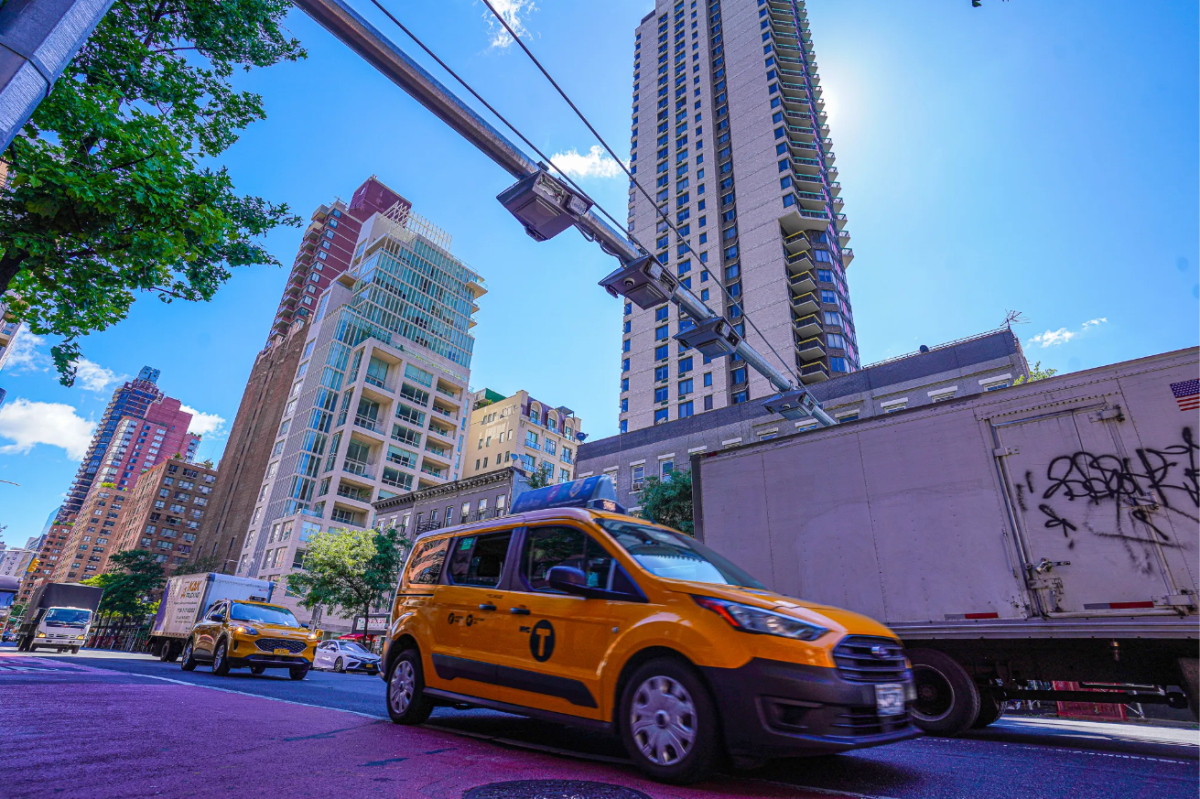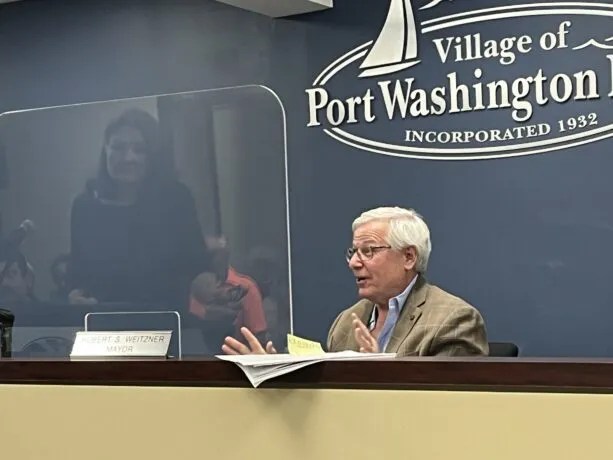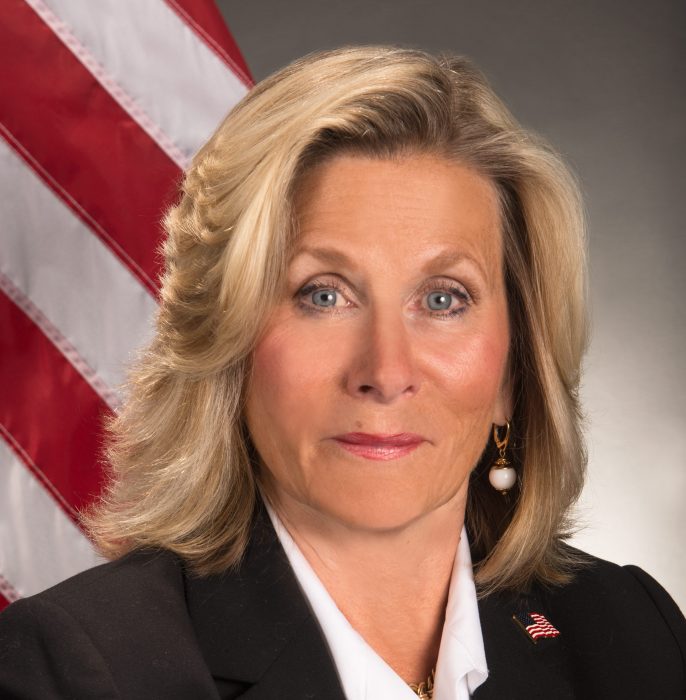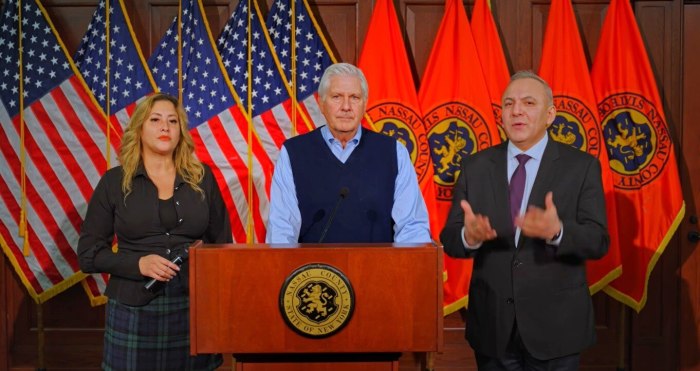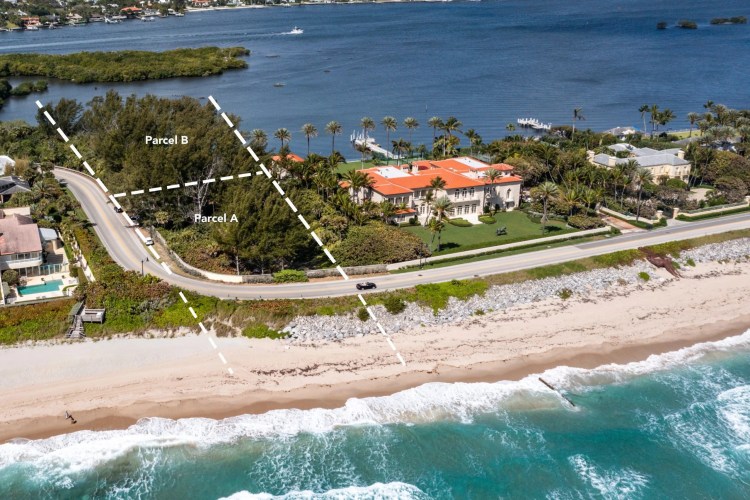Commuters were hit with New York City’s congestion pricing toll for the first time Sunday despite pushback leading up to its implementation and continued legal disputes.
“Commuters deserve a world-class transit system that’s safe, efficient and modern,” Gov. Kathy Hochul said in a statement. “Local residents deserve clean air and safe streets. Drivers deserve less congestion and reduced traffic. This is what we will begin to achieve — at a lower cost to drivers — when congestion pricing begins on Jan. 5.”
Hochul reintroduced congestion pricing Nov. 14 after pausing its implementation in June.
The tolls are for vehicles entering Manhattan’s Central Business District below 60th Street.
The fee is set at a one-a-day daytime rate of $9 for passenger vehicles. Motorcycles are charged $4.50 and small trucks and non-commuter buses will be charged $14.40 during the day.
The goal of congestion pricing is not only to ease traffic congestion in the city but also to achieve environmental protections by diminishing air pollutants and funding the city’s public transportation system, Hochul said at a news conference in November.
But congestion pricing was not popular before its enactment, including on Long Island, which has endured multiple legal challenges.
Most recently, congestion pricing prevailed after a federal judge rejected New Jersey’s emergency request Friday to halt its implementation.
“Despite the best efforts of the State of New Jersey trying to thwart New York’s ability to reduce congestion on our streets while making long-overdue investments in public transit, our position has prevailed in court on nearly every issue,” Hochul said in a statement. “This is a massive win for commuters in both New York and New Jersey. Now that the judge has issued his ruling, the program will move forward this weekend with a 40% reduction in the originally proposed cost of the toll.”
Present-elect Donald Trump, who takes office Jan. 20, has also threatened to reverse congestion pricing. Hempstead Town Supervisor Don Clavin previously called on Trump to do just this.
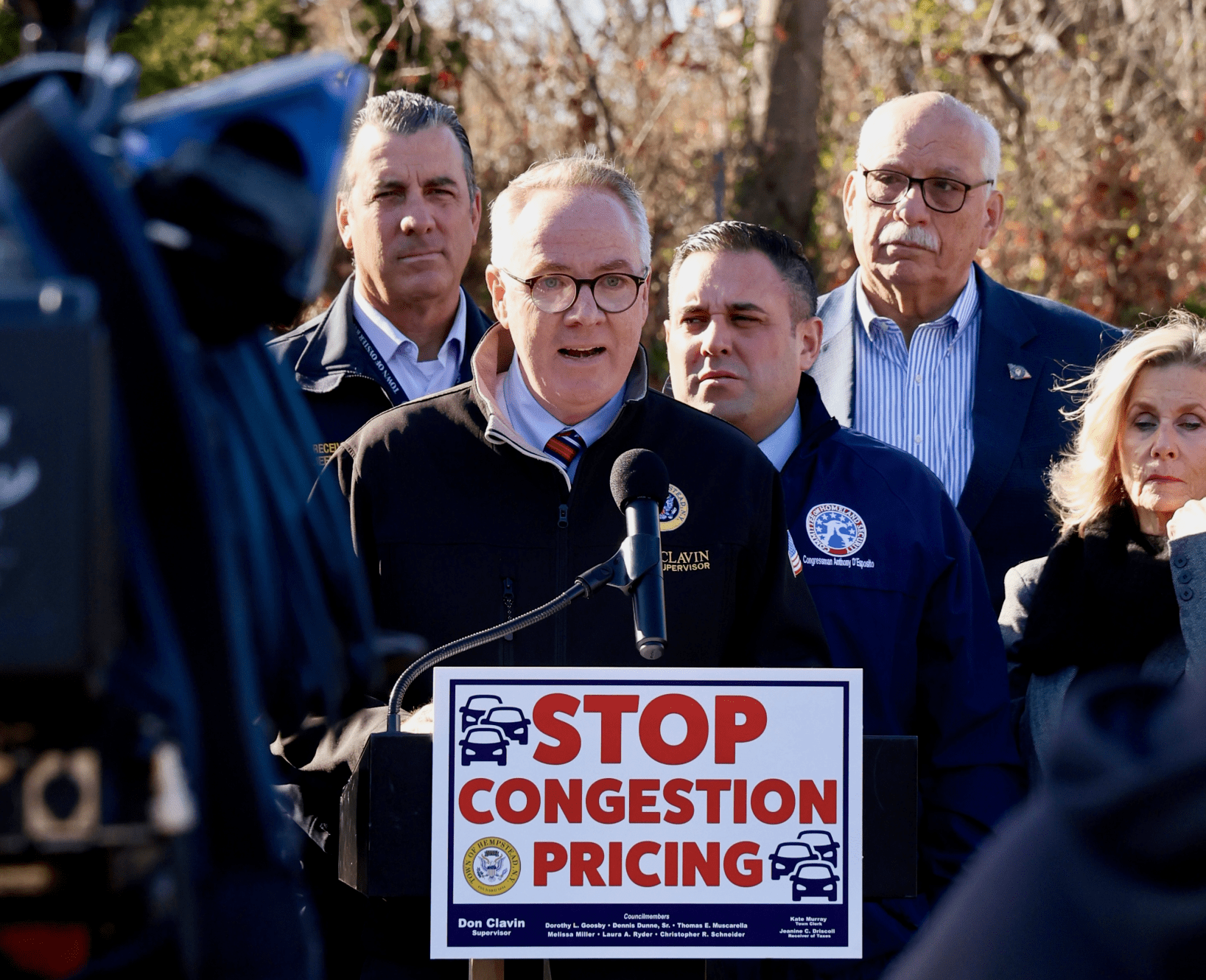
The Town of Hempstead has also filed a suit against congestion pricing, alleging that the MTA failed to adhere to state administrative law by not allowing a 45-day pre-adoption public notice period when it decided on the lower toll. In December, a federal judge ruled the case could be heard in Nassau County Supreme Court.
Clavin called the Dec. 19 decision by the United States District Court for the Eastern District of New York a “win.”
Hochul said litigation is to be expected.
“There’s always litigation when there’s difficult issues,” Hochul said in an ABC7 interview. “This has been the law of the state since before I became governor. It is a law of the state that we have congestion pricing. The objectives are to reduce congestion in Manhattan where the city has become paralyzed: emergency vehicles have difficulty getting through, buses are barely moving through. Our city is being paralyzed and also the environmental impacts as well as a revenue source.”
While attention has been drawn to the pushbacks, some see congestion pricing as an overall good. This includes the Riders Alliance, an organization that advocates for the betterment of public transit in New York to promote sustainability.
“Whether toll, weather or both, traffic is light today and drivers in Manhattan are supporting the public transit system that makes our city and suburbs thrive,” Riders Alliance Policy and Communications Director Danny Pearlstein said in a statement. “With congestion pricing in place, New Yorkers see broad benefits regardless of behavior. Either drivers cut congestion, pollution and collisions, or pay for an essential service. As predicted, it’s a win-win from day one.”



